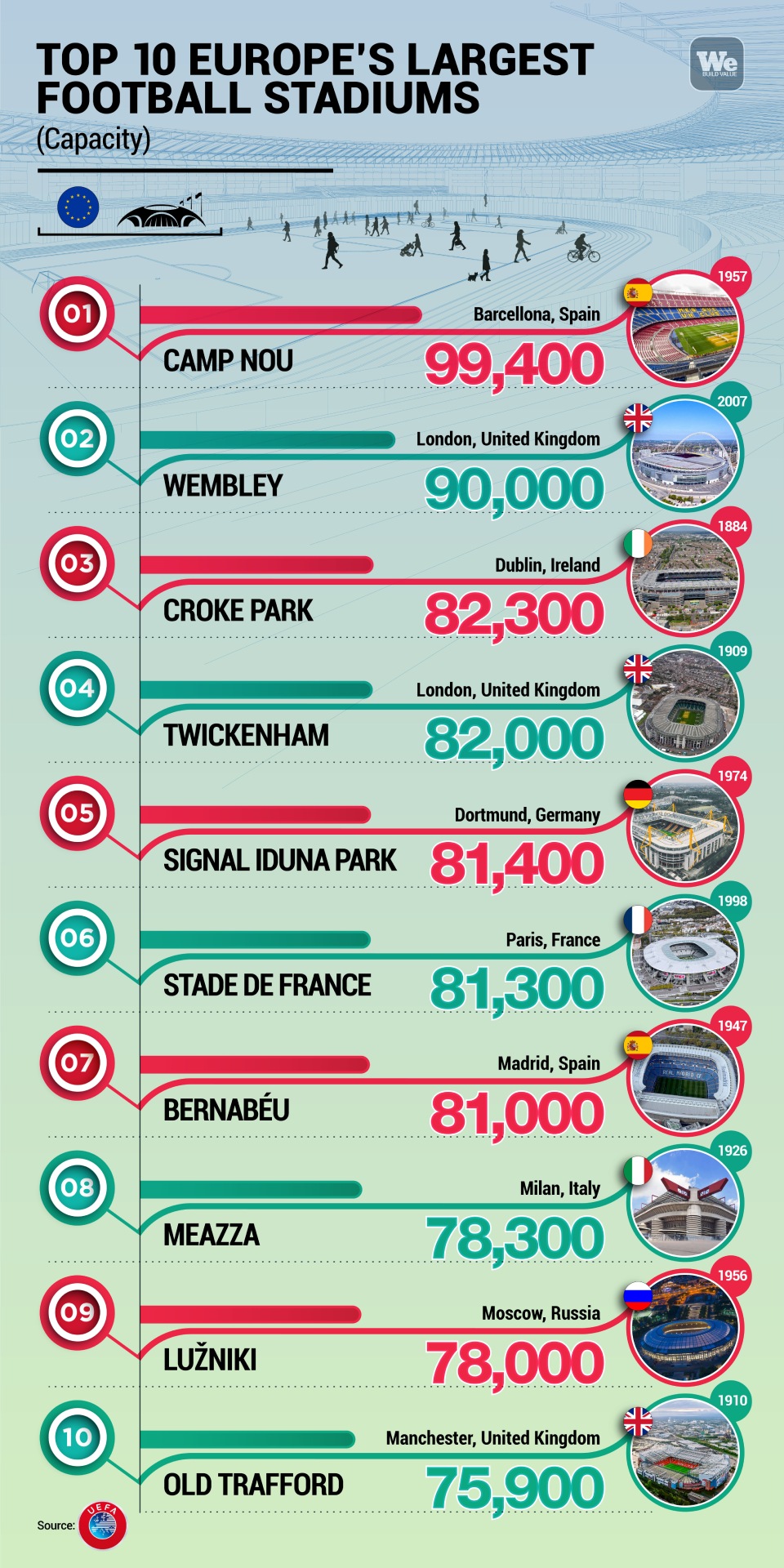Even myths collapse. Some end up in ruins, others rise again. And so will Camp Nou, the iconic stadium of the city of Barcelona and the temple of European football, with a capacity unmatched in the Old Continent and a unique sight in the world when it’s packed with Blaugrana fans, the people of Barcelona who have always supported one of the most successful teams in history.
And so, engineering science, fueled by ambition and the desire for the future, does not stop even in the face of symbols. Not to destroy them, as in this case, but to restore them to the modernity they deserve. Today, the Camp Nou is undergoing this transformation, at the center of a recovery and redevelopment project that began with the demolition of the old stands, looking forward to 2024 or perhaps 2025 when the new stadium, the “Spotify Camp Nou,” will be inaugurated, named after the super sponsor financing part of the project.
A project nearing a billion euros, aiming to break the record of the old sports arena, accommodating up to 110,000 spectators. Such is the love of the public for Barça, the team that has been the home of Leo Messi for years and remains the laboratory of the world’s best footballers. The value of the Club itself has given breath and substance to this highly ambitious project, born from the desire to refurbish and modernize a historic icon of Barcelona, without erasing its roots and its imprint on the city.
Inside the cathedral of football
Maybe because from the high stands of the terraces one can catch a glimpse of the Sagrada Familia, but also the Camp Nou is for the inhabitants of Barcelona a city cathedral, on par with the one designed by the visionary genius Antoni Gaudí.
Its history dates back to 1950 when the then-president Augustì Montal y Galobart purchased the city area called “La Maternidad” and there planned the construction of a new stadium. The first stone was laid four years later, in 1954, under the guidance of the new president Francesc-Mirò Sans and three years later, on September 24, 1957, on the day of La Mercè, the patron saint of Barcelona, the Camp Nou was inaugurated.
Year after year, the structure underwent changes that made it the unique stadium known worldwide, including the birth in 1984 of a Club Museum, one of the first dedicated to a football team. One of the most important stadium redevelopment projects dates back to 2007 and bears the signature of the famous architect Norman Foster. The new project envisaged the introduction of new stands with a total capacity of 106,000 seats, the installation of a covering for the spectators, but above all the complete change of the stadium facade, which would reproduce a mosaic with the blue and garnet colors of the club, mixed with the yellow and red of the Catalan flag. A solution that – according to the architect himself – was inspired by Gaudí’s style.
However, Foster’s project was blocked, and in January 2014, a new stadium expansion project was presented, with work scheduled to begin in 2017 and end in 2021.
The arrival of Spotify changes the face of the Camp Nou
The long-awaited redevelopment of one of the most beloved stadiums in the world ends on March 15, 2022, when the agreement signed between FC Barcelona and the leading streaming music company Spotify is announced. The purchase of the stadium naming rights is worth €315 million for the club, essential to finance a significant portion of the works. The stadium is then renamed Spotify Camp Nou in July 2022, and in June of last year, the demolition and reconstruction of the new stadium began.
In the hands of those building the work, there is not only the realization of a long-awaited project but also the preservation of an icon for all football lovers. Only the FC Barcelona Football Museum welcomes hundreds of thousands of visitors every year, with a peak of 1.6 million entries recorded in 2011. In its 3,500 square meters, the history of a club and the players who made it great is collected and told. Behind those feats lies the history of the twentieth century and of a stadium transformed into a cathedral.
Webuild, the art of building a great stadium
Stadiums are temples of sports but at the same time great engineering works, wonders of the science of construction that must be able to combine beauty, sustainability, and functionality. The Webuild Group has years of consolidated experience in building large stadiums, and to date, 9 stadiums have been built on three continents. Among these are iconic sports facilities such as the Olympic Stadium in Rome and the Meazza Stadium in San Siro, one of the top ten in Europe in terms of spectators. The latest major project completed is the Al Bayt Stadium in the city of Al Khor in Qatar, which hosted some of the most important matches of the 2022 FIFA World Cup.
Indeed, the Al Bayt represents the symbol of the latest generation of stadiums, a structure capable of accommodating 60 thousand people within an area of 200 thousand square meters, designed and built to be entirely sustainable. The stadium has achieved the highest certifications in terms of meeting sustainability criteria, in addition to being designed for post-World Cup use. A portion of Al Bayt can be dismantled, reducing the volume of the structure to 32 thousand seats, while the dismantled portion will be donated to developing nations in need of infrastructure.


